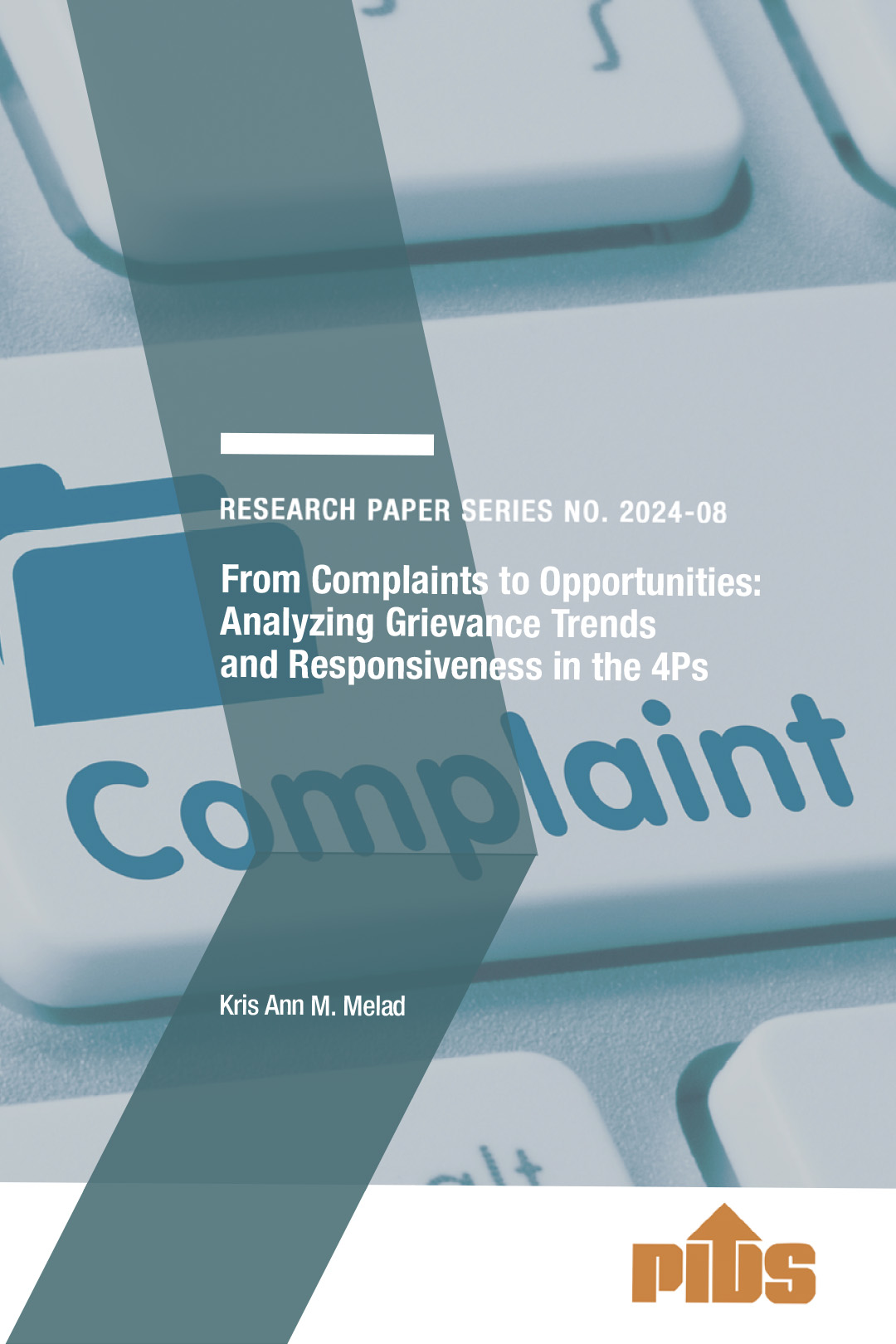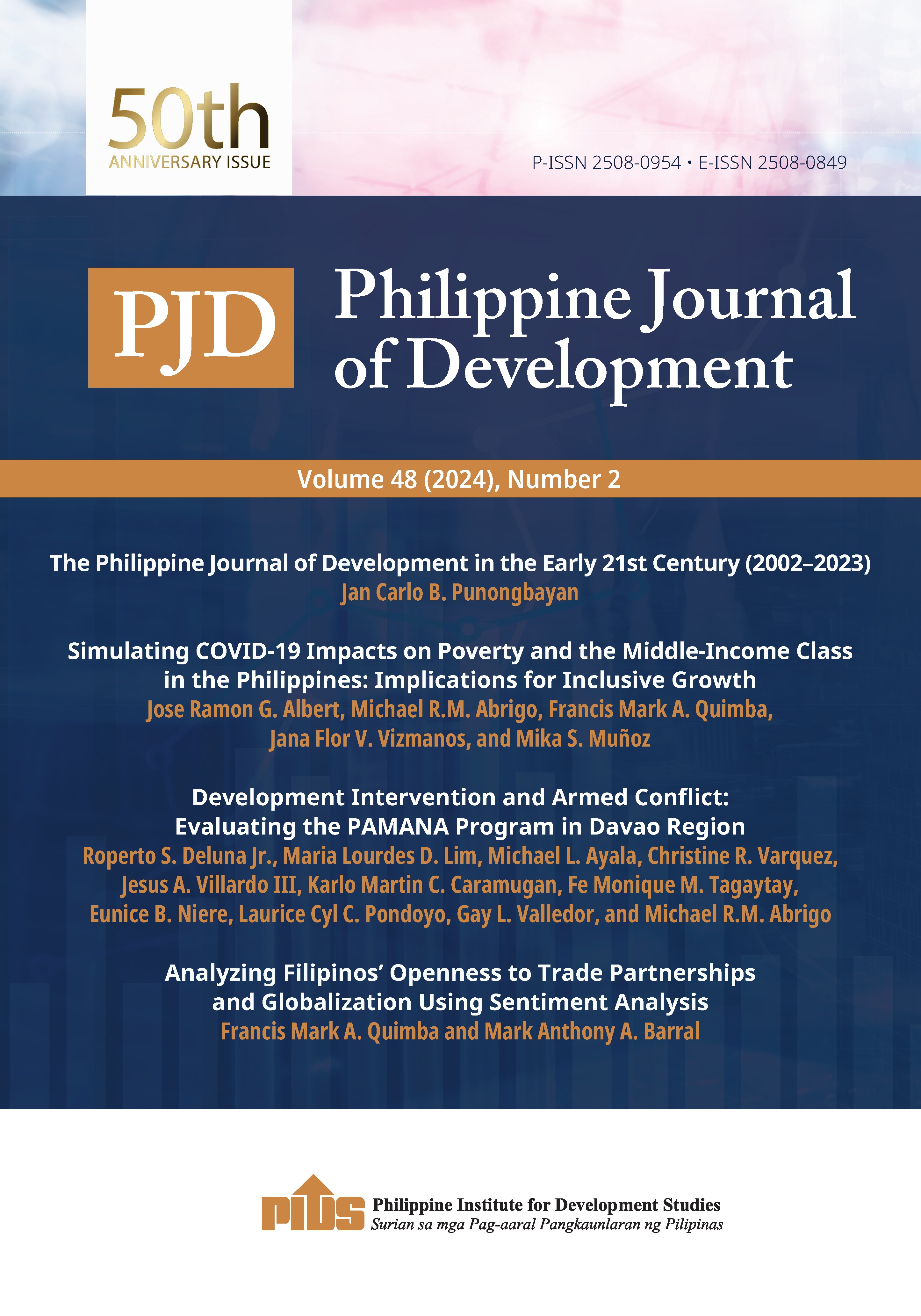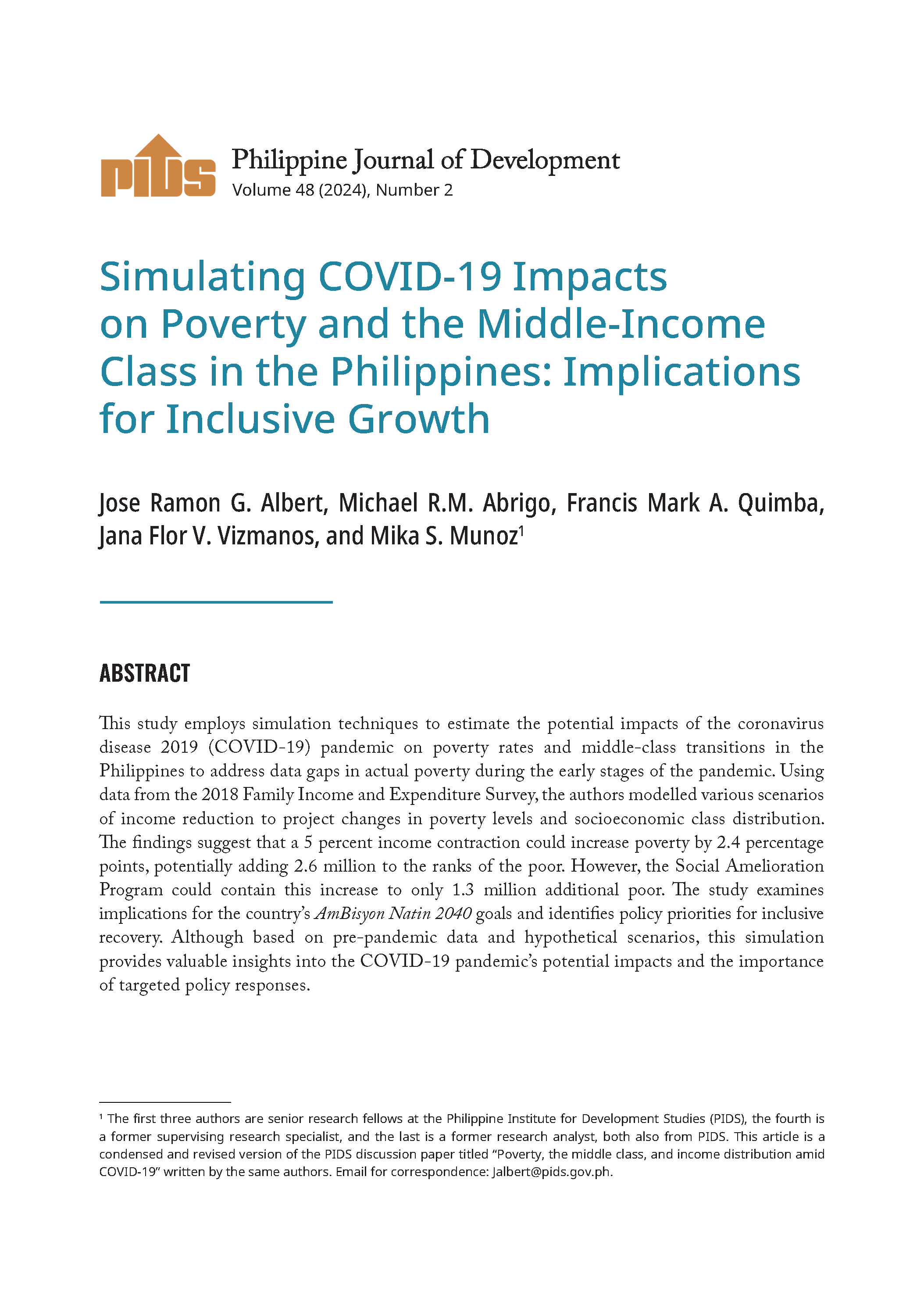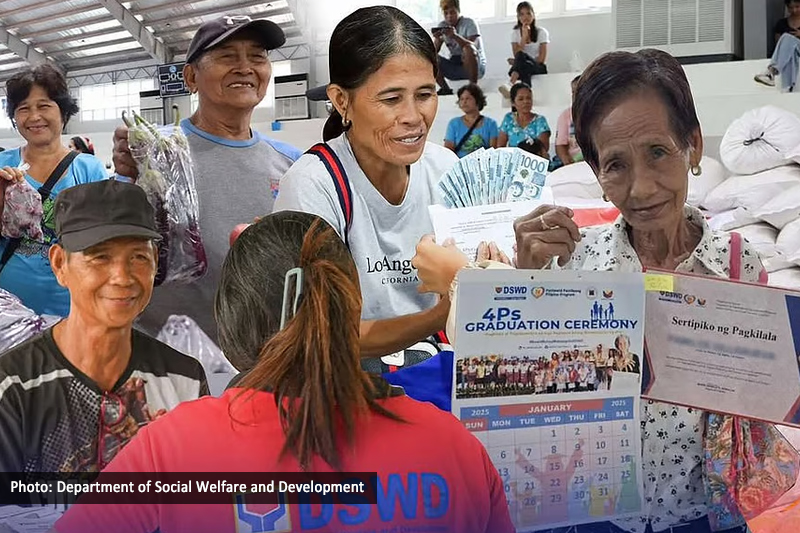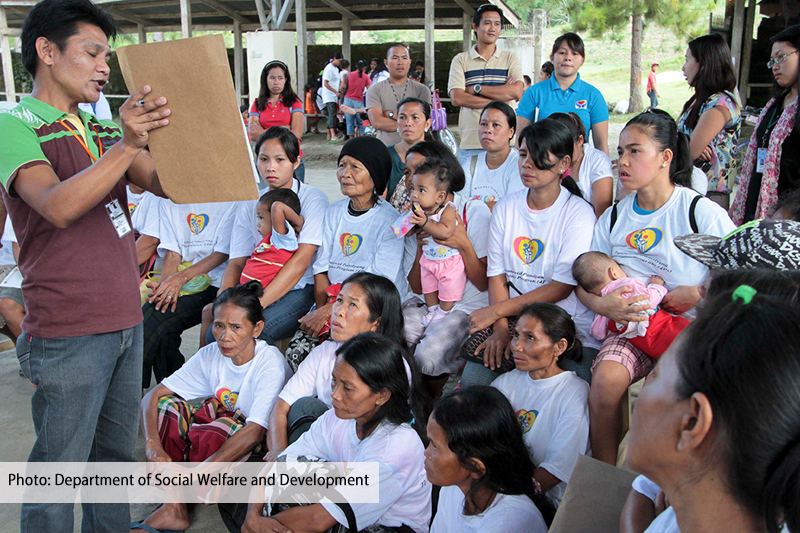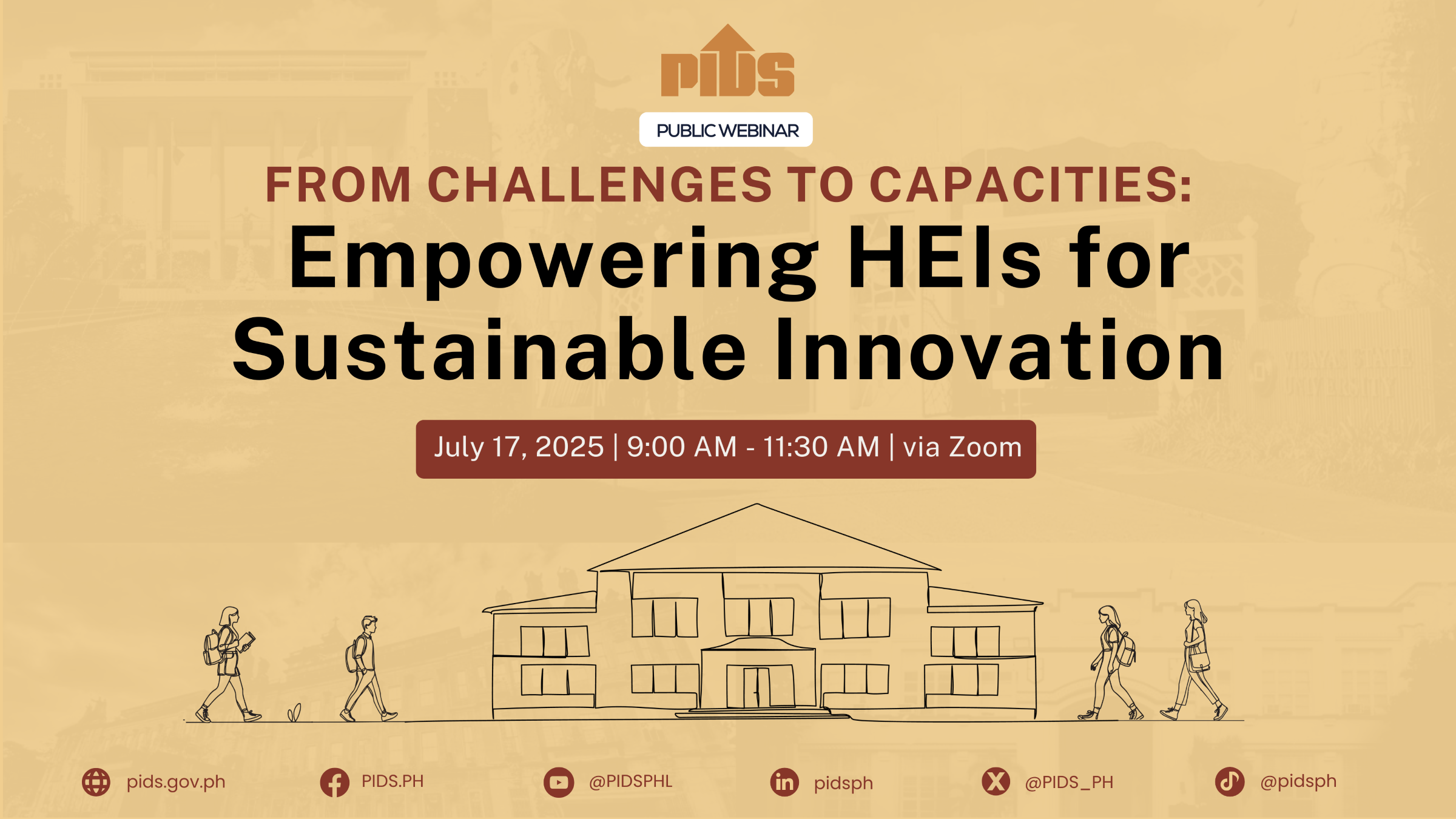ABOUT FOUR in every 10 Filipino households has experienced poverty at least once in the previous three years, with two Mindanao regions leading the country in households vulnerable to poverty, according to a study by a state think tank. Philippine Institute for Development Studies (PIDS) researchers Christian D. Mina and Celia M. Reyes said that 37.7% of the sample households fell below the poverty line once during the period, using data from 2003 to 2009.However, it also said that eight in every 10 or 77.4% of poor households were classified as vulnerable -- those threatening to slip below the poverty threshold.The study noted that the Caraga region and the Zamboanga Peninsula had the highest proportion of vulnerable households.The never-poor households meanwhile were mostly from the National Capital Region, and neighboring regions such as Central Luzon and Calabarzon.This study found that vulnerable households, regardless of whether poor or not, were more susceptible to unobservable idiosyncratic than covariate shocks,” the paper read.Idiosyncratic shocks are those that specifically impact individuals or households such as injuries, accidents, while covariate shocks are those that can affect the entire community or a larger geographical unit such as natural disasters and a human or animal epidemia.The researchers explained that they were more vulnerable to idiosyncratic shocks “probably because of the latter’s direct and more specific impacts.Covariate shocks have indirect and varied impacts across households. This could point to the imperfect risk-sharing among households, poor functioning of the insurance mechanism within communities, and the difficulty of anticipating idiosyncratic shocks,” the research paper said.To address this, the researchers said that the government should continue to increasing investment in education through the Pantawid Pamilyang Pilipino Program, and the Unified Student Financial Assistance System for Tertiary Education law.It also recommended to raise the competitiveness of the agriculture sector -- where its workers are less-educated individuals -- to boost labor demand.One way to enhance the sector’s competitiveness is by promoting agricultural diversification and market consolidation. The government should remove bias toward traditional food crops (rice and corn) and increase support to more profitable high-value commodities,” the research said.The researchers likewise batted for capacity-boosting programs such as the Go Negosyo Act. Stronger implementation of laws promoting entrepreneurship (e.g., Go Negosyo Act) and provision of technical and financial assistance to budding entrepreneurs are also worthwhile strategies,” they said.The government should examine the Social Security System (SSS) pension system to improve its provision of pension for its retirees, similar to the Government Service Insurance System (GSIS). In addition, emergency assistance programs, such as loans during calamities provided by GSIS and SSS, can serve as buffer during times of emergency,” they added. --
Caraga, Zamboanga regions top study for vulnerable families

